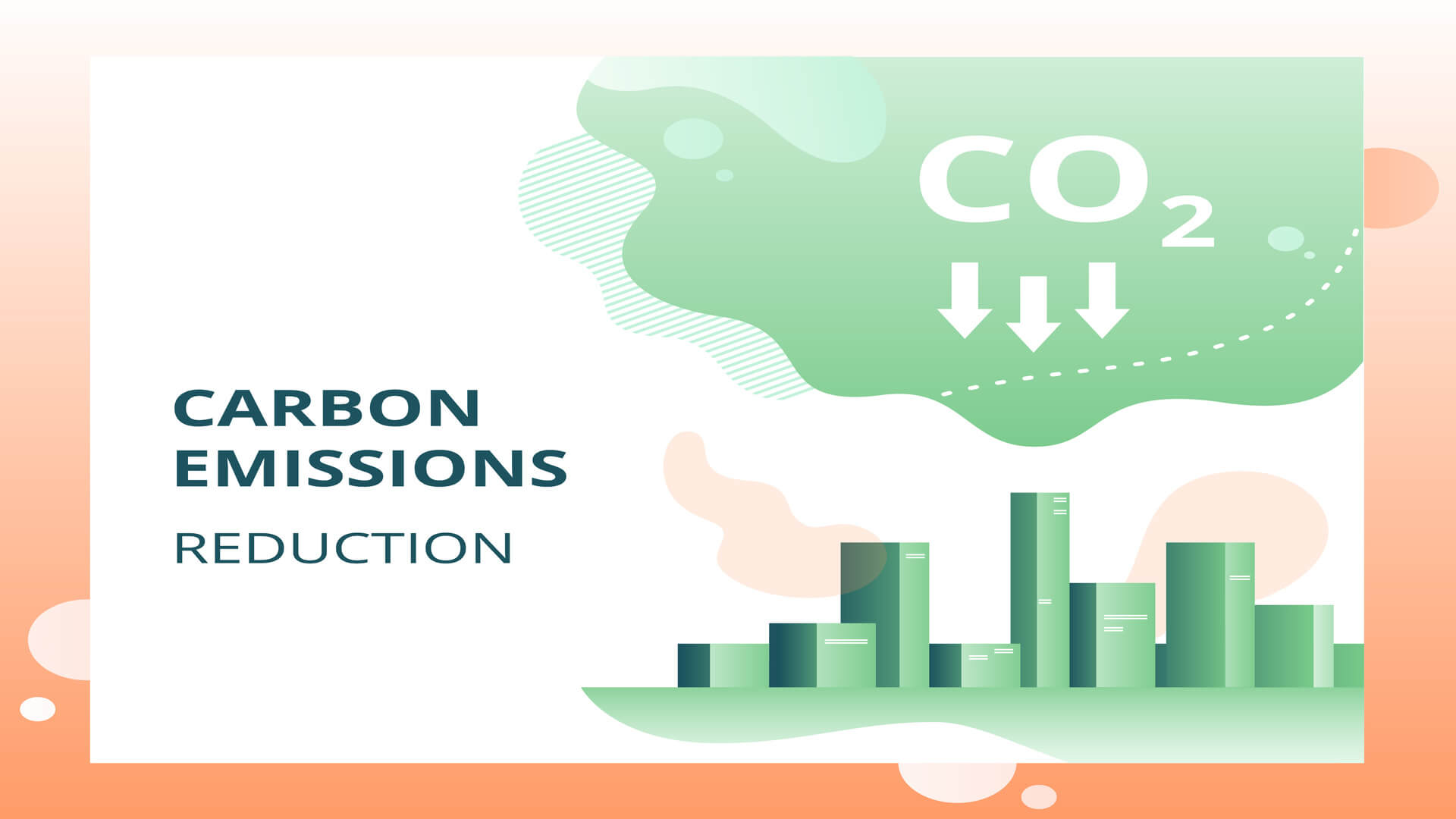What Are Businesses Doing to Reduce Carbon Emissions?
Businesses up and down the country are making significant efforts to cut their carbon emissions and become more sustainable. One of the main catalysts behind this growing movement is climate change and the devastating impact it’s having on our planet. In order to tackle this issue, the UK government has been strong in its response, declaring a climate emergency and becoming the first country to enshrine it’s ‘Net Zero’ Initiative into law. The result is that businesses have begun introducing new ways of lowering their carbon footprint – from the energy they use, to the type of lighting they install and even behavioural changes in staff, no change is too small in the fight to reduce carbon emissions.
But exactly what are businesses doing to ensure they take responsibility and how are they implementing different ways of working to help make an impact? Here to discuss this is off-grid energy experts, Flogas Britain.
Choosing renewable energy
One of the most effective ways a business can reduce its carbon footprint is by choosing an energy supply that can reduce CO2 emissions. As a result, renewable energy resources are now becoming an increasingly popular option. This could be anything from solar heating systems which harnesses the power of the sun to heat water and buildings, to the use of biomass boilers which uses the breakdown of organic matter to generate heat and electricity. As a 100% renewable fuel it can also provide additional benefits such as minimising waste and potentially reducing running costs.
LPG: The low carbon option
Whilst 100% renewable energy ticks the boxes in terms of its environmental impact, technology has some way to go before it can power more energy intensive processes such as those used in the manufacturing or construction industry. Until that happens, businesses are now adopting lower carbon alternatives as a way of reducing their carbon footprint. LPG (liquefied petroleum gas) is one such fuel, offering lower levels of CO2, nitrous oxides (NOx), sulphur oxides (SOx) and particulate matter (PM) compared to oil, it can help businesses reduce the amount of emissions they emit whilst allowing them to remain compliant with government legislation.
Long lasting effects with lighting
Increasing the efficiency of office lighting is yet another step businesses are now taking in their efforts to become more sustainable. By choosing options such as LEDs, companies can make huge carbon savings over the space of months and years. The use of motion sensors is another route, allowing lights to switch off automatically when they’re not in use to minimise energy wastage. Alternatively, structural changes to buildings such as bigger, brighter windows can also reduce the need for artificial lighting and has the added benefit of creating a more pleasant workspace for staff.
Reducing travel emissions
With HGVs (Heavy Goods Vehicles) estimated to account for around 17% of UK greenhouse gas emissions and around 21% of road transport NOx emissions, finding ways to reduce emissions is a top priority for many businesses. The installation of telematics systems and GPS tracking within trucks allows companies to analyse the fleet to ensure they are taking the best routes to maximise efficiency. The training of staff in eco-driving techniques can also help them to become more economical with fuel and ultimately reduce emissions.
The introduction of vehicles that use lower-carbon fuels or electric power can also prove successful in reducing the amount of carbon a business creates. Vehicles powered by BioLNG (liquefied natural gas) are now being seen more frequently on the roads due its exceptional energy efficiency and low carbon output.
Optimising heating systems
Indoor temperature controls can be an effective method in slashing carbon emissions. By installing proper controls, companies can ensure that their heating and air conditioning is correctly timed, lowering the risk of wasted energy. Building management systems can also give accurate readings on temperatures, which over a period of time can dramatically reduce emissions. Training staff on how to use heating and cooling units can also help prevent unwanted spikes in energy and helps to enforce good habits that can lead to further CO2 savings long term.
Carbon offsetting: A solution to unavoidable emissions
Whilst many companies will aspire to reduce their carbon emissions wherever possible, it’s inevitable that some form of emissions will need to be generated as part of the daily operations of running a business. In those situations, companies are now looking at carbon offsetting to provide a solution. This is a process in which businesses are given then the chance to offset their emission through the purchasing of ‘carbon credits’.
These ‘carbon credits’ are used to support environmental projects around the world that either reduce greenhouse gas emissions or absorb carbon dioxide. Whilst carbon offsetting isn’t the one-size fits all solution to reducing the impact of climate change, it does allow businesses to be proactive in their drive to reduce the amount of carbon they emit into the atmosphere, whilst offsetting the unavoidable emissions.

Stay updated with our latest publications.
Discover Issues
See how we can help you grow in the online space!
Advertise With Us
We can help promote your business.
Find Out More




